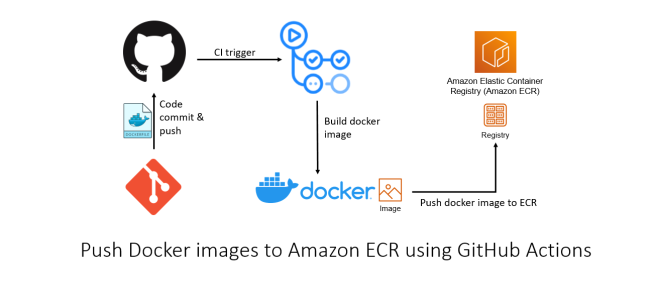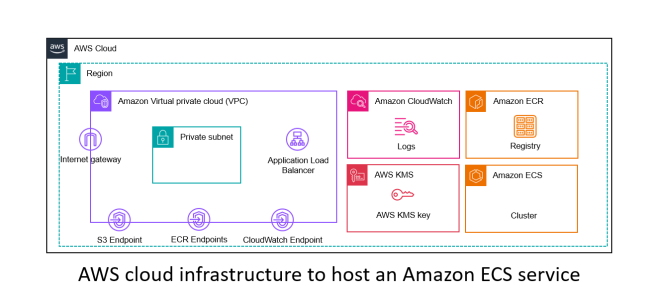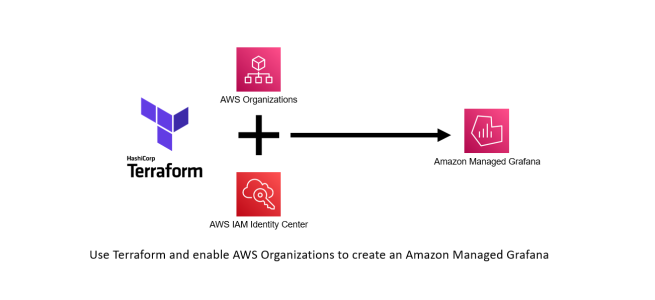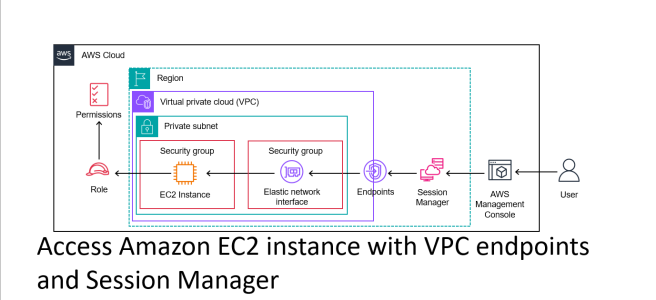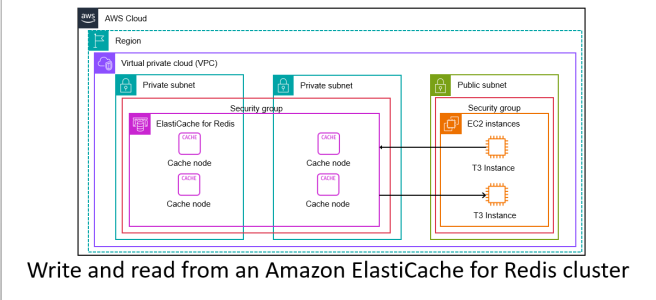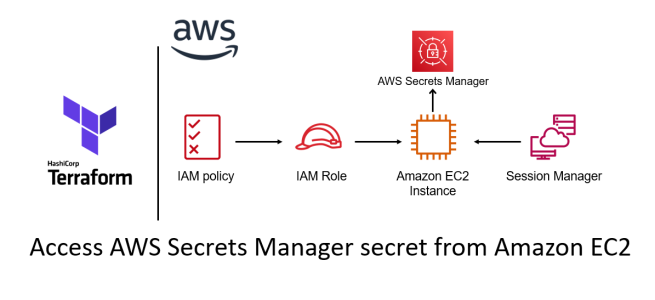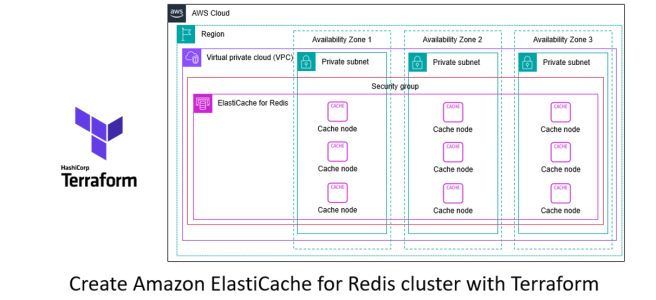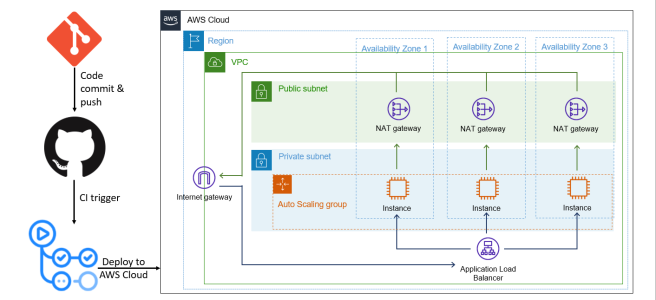This blog post is the second part of an umbrella series in which I demonstrate how to create and deploy an Amazon Elastic Container Service (ECS) service using Terraform and GitHub Actions. In the first part, I covered creating all the required AWS cloud services to host the ECS service. In this second part, I'll … Continue reading Push Docker image to Amazon ECR using GitHub Actions
Category: AWS
Create infrastructure to host an Amazon ECS Service using Terraform
This is the first part of an umbrella note in which I describe how to create and deploy an Amazon ECS service using Terraform and GitHub Actions. The cloud engineering team must provision particular AWS cloud services before hosting a container in Amazon ECS. In this note, I list all the required AWS services, their … Continue reading Create infrastructure to host an Amazon ECS Service using Terraform
Create an Amazon Managed Grafana workspace and Identity store user using Terraform
This note is an extension of my previous note on creating an Amazon Managed Grafana workspace with one more resource added to the configuration. In my earlier note, there was a pre-requisite manual step to create the IAM Identity Center user before creating the Amazon Managed Grafana workspace. At that time, the AWS Terraform provider … Continue reading Create an Amazon Managed Grafana workspace and Identity store user using Terraform
Create an Amazon EC2 instance using Terraform with Session Manager access using VPC Endpoint
As a reader of this note, I believe you are familiar with Session Manager. Per AWS-Docs, Session Manager is a fully managed AWS Systems Manager capability that lets you manage your Amazon EC2 instances through an interactive one-click browser-based shell or through the AWS CLI. For Session Manager to function, the Amazon VPC requires access … Continue reading Create an Amazon EC2 instance using Terraform with Session Manager access using VPC Endpoint
Connect to an Amazon ElastiCache cluster from an Amazon EC2 instance using Python
This note continues my previous note on Amazon ElastiCache for Redis. In my earlier note, I demonstrated how to create an Amazon ElastiCache for the Redis cluster using Terraform and automate the process using GitHub Actions. In this note, I explain how to connect to the ElastiCache cluster using Python from an Amazon EC2 instance. … Continue reading Connect to an Amazon ElastiCache cluster from an Amazon EC2 instance using Python
Access AWS Secrets Manager secret from Amazon EC2 instance using Python
Per AWS-Docs, AWS Secrets Manager is a service to manage, retrieve, and rotate database credentials, application credentials, OAuth tokens, API keys, and other secrets throughout their lifecycles. Many AWS services store and use secrets in Secrets Manager. In this note, I demonstrate how to access the AWS Secrets Manager secret value using Python from an … Continue reading Access AWS Secrets Manager secret from Amazon EC2 instance using Python
Create an Amazon ElastiCache for Redis cluster using Terraform
Reading the title, you must have a fair idea of what we’re discussing in this note. Also, I followed a few best practices while creating the Amazon ElastiCache service, like enabling multi-availability zone, multi-node, logging, and encryption in transit and at rest. I have a link to my GitHub repository with the Terraform and GitHub … Continue reading Create an Amazon ElastiCache for Redis cluster using Terraform
Trigger instance refresh of Amazon EC2 Auto Scaling group with a launch template update using Terraform
This note continues my discussion on the Amazon EC2 Auto Scaling group that I started in my previous post, so please read that before this one. In that post, I explain the fundamentals of creating an Amazon EC2 Auto Scaling Group using Terraform. An Amazon Auto Scaling group consists of Amazon EC2 instances with specific … Continue reading Trigger instance refresh of Amazon EC2 Auto Scaling group with a launch template update using Terraform
Create an Amazon EC2 Auto Scaling group with metric scaling policies using Terraform
This note continues to explore the auto-scaling concept I discussed in my note -create an ASG and load balancer with Terraform, so please read that note before this one. After creating the Amazon EC2 Auto Scaling group, the application development team would require the scaling policies to manage the correct number of Amazon EC2 instances. … Continue reading Create an Amazon EC2 Auto Scaling group with metric scaling policies using Terraform
Create Amazon EC2 Auto Scaling group and load balancer using Terraform and GitHub Actions
When project teams host an application or service on an Amazon EC2 instance, they have specific questions about the underlying infrastructure. A few of them could be: (a) Can the project team be assured that if some or all existing EC2 instances were terminated or unresponsive, new Amazon EC2 instances (with the application hosted) would … Continue reading Create Amazon EC2 Auto Scaling group and load balancer using Terraform and GitHub Actions
